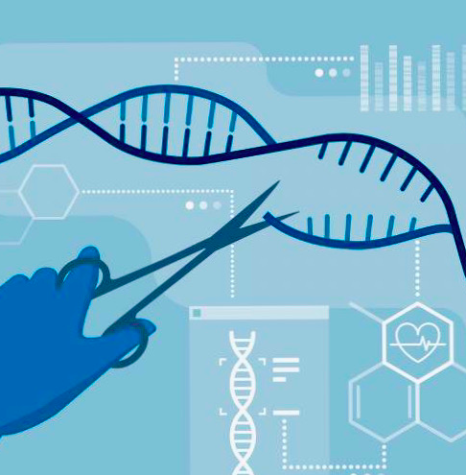Bioinformatics – the connection between Molecular Biology and reality
As high-throughput data-generation technologies have revolutionized biological and biomedical sciences, a parallel revolution has happened in the development of large-scale analytic tools for computational biology and bioinformatics. Although one of the most important components of science, bioinformatics is not familiar to many.
What is bioinformatics?
As a field of computational science, Bioinformatics is the study of biological systems via the implementation of data-analytical and computational simulation approaches. It involves a variety of sequence analysis – usually denoting those of genes and proteins. It is an especially valuable method in comparing genes and sequences in proteins inside an organism or between species, examining evolutionary links between creatures, and exploring patterns found throughout those sequences to identify their functions.
Computational techniques — in an effort to better understand the protein structure, gene function, disease mechanism, drug discovery, imaging of biological systems, precision medicine and the analysis of other huge data sets — are projected to make significant contributions to the study of biological systems and issues.
What’s offered at OU regarding bioinformatics?
BIO 4412 – Functional Genomics and Bioinformatics
This course demonstrates the “use and implementation of computer software for sequence analysis” and covers “gene discovery, annotation, building phylogenetic histories and state-of-the-art strategies used for gene expression analysis of an organism from a genome-wide perspective.”
CSI 4780 – Bioinformatics
This course introduces the core algorithms and computational approaches for studying “biological sequence data for comparative biology and evolution,” with an emphasis on genomic content, function and structure. Algorithms for exploring sequence databases, pairwise and multiple sequence alignment, phylogenetic approaches and methods for pattern identification and functional inference from sequence data are also discussed.
The two courses mentioned above are just a few of the many options available for OU students who are interested in such a study approach. Students can gain more information from the course catalog.
If students find this information interesting and would like to participate in research, there are a variety of research laboratories at OU that utilize this method in their studies. One example is Dr. Fabia Battistuzzi’s laboratory.
“We analyze a large amount of data such as genomes using bioinformatics technology,” Randy Karana, recent OU graduate and previous undergraduate research assistant in Dr. Battistuzzi’s laboratory, said. “Since it is impossible to analyze it by hand, we use coding to have the computer do initial analyses so that we can interpret the data we get.”
Another undergraduate researcher in Dr. Battistuzzi’s lab is Caesar Abaas, a rising senior majoring in biomedical science.
“My research with Dr. Fabia involves attempting to find an objective way to differentiate prokaryotic species,” Abaas said. “Prokaryotes become genetically diverse by horizontal gene transfer and mutations, so our goal is to identify where species boundaries are. My role is to create a code that will simplify our genetic analysis step so it becomes faster.”
According to Abaas, the point that connects their research to bioinformatics and computational biology is the “analysis part of the research” which includes running the genome of prokaryotes through an application called “Roary” that analyzes the genome and categorizes it into core genes and accessory genes for later comparison.
“Our goal is to analyze currently classified species using a pan genome approach to determine if the current classification is compatible with the expected core gene distribution,” Abaas said. “There will always be new strains of prokaryotes that come up, and it is essential to keep track of them and classify them correctly. This plays a significant role in shaping many microbial populations.”











